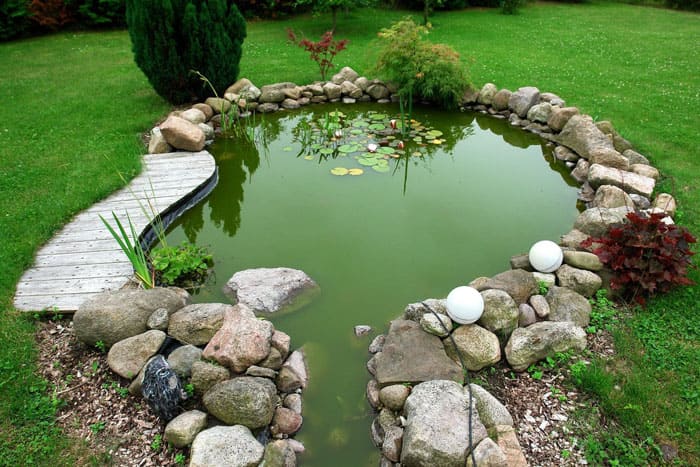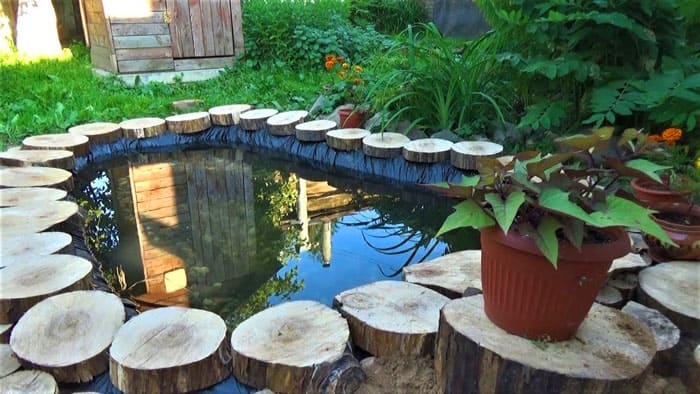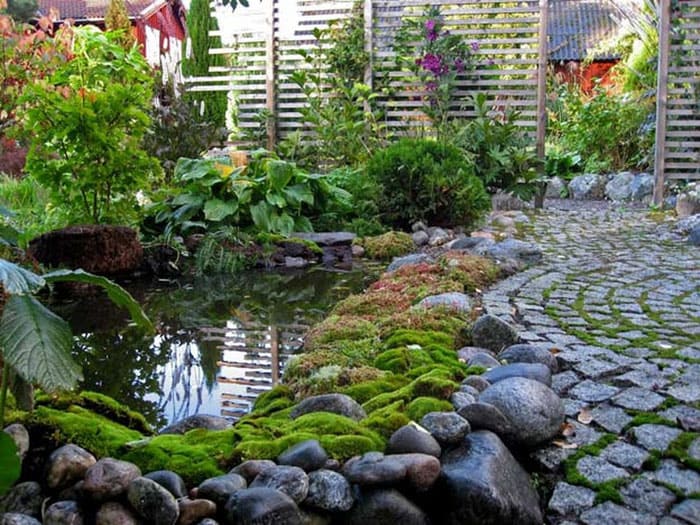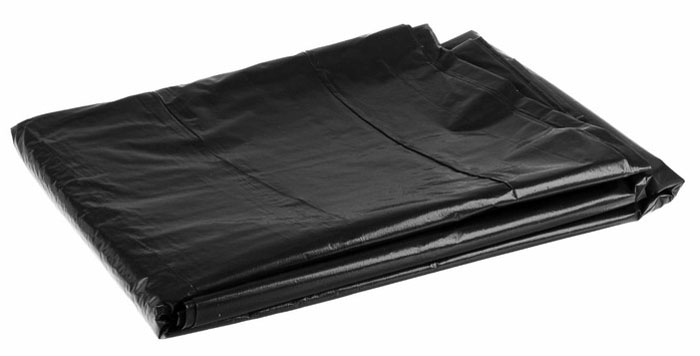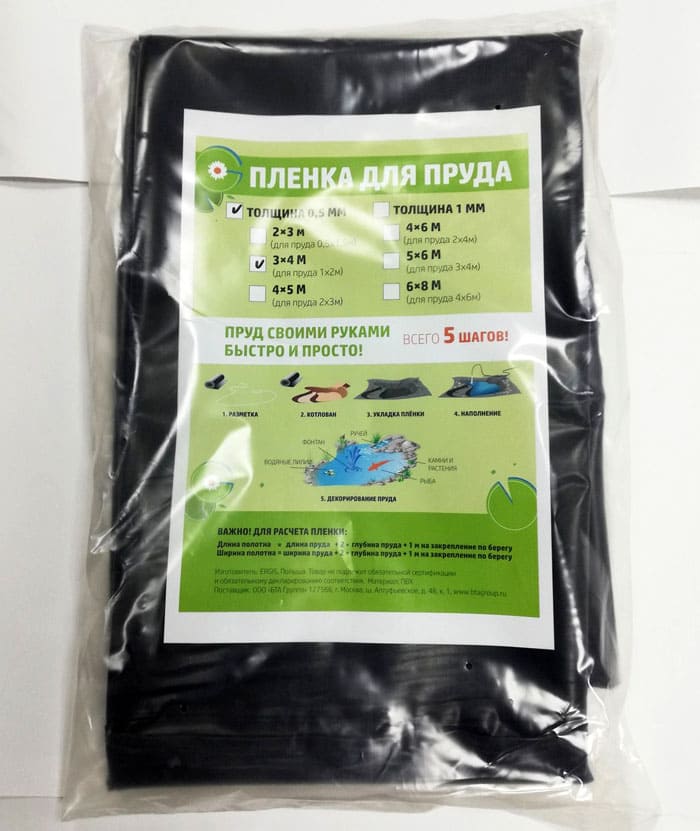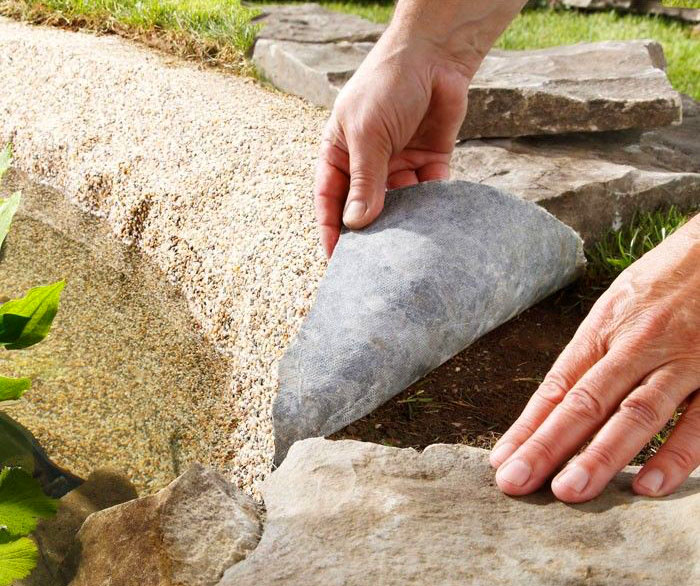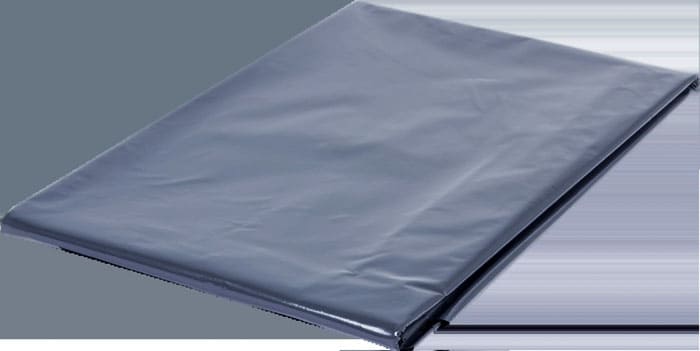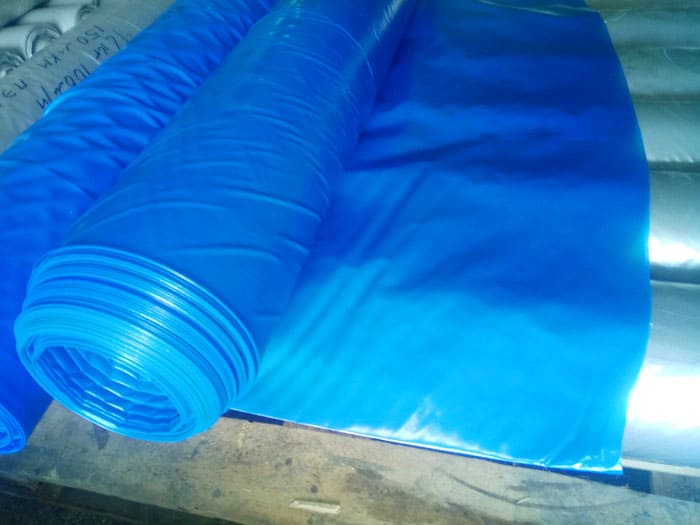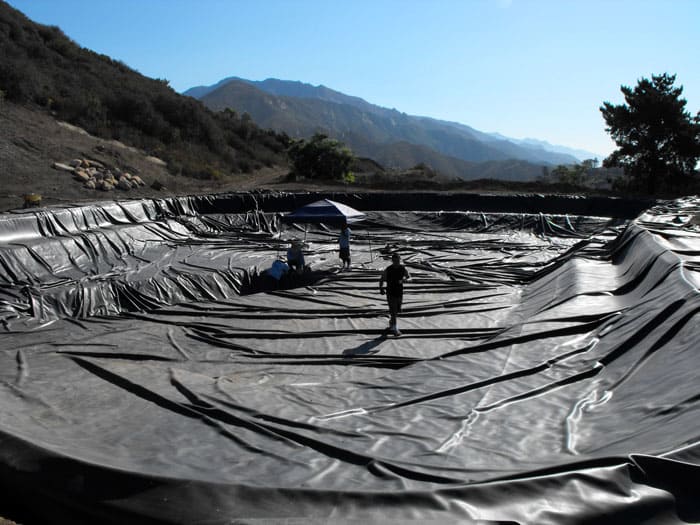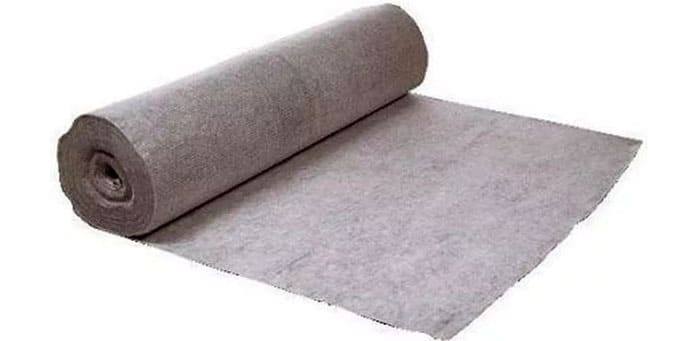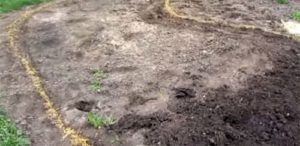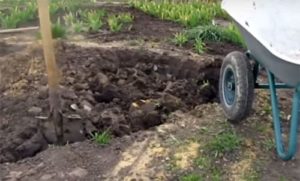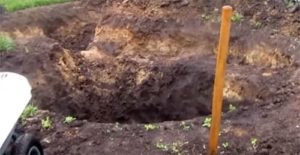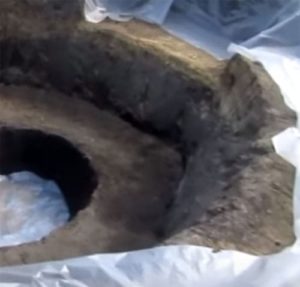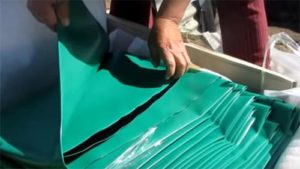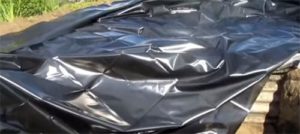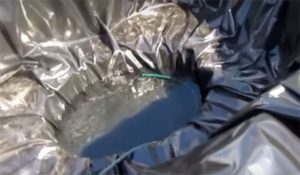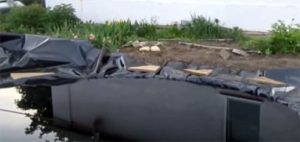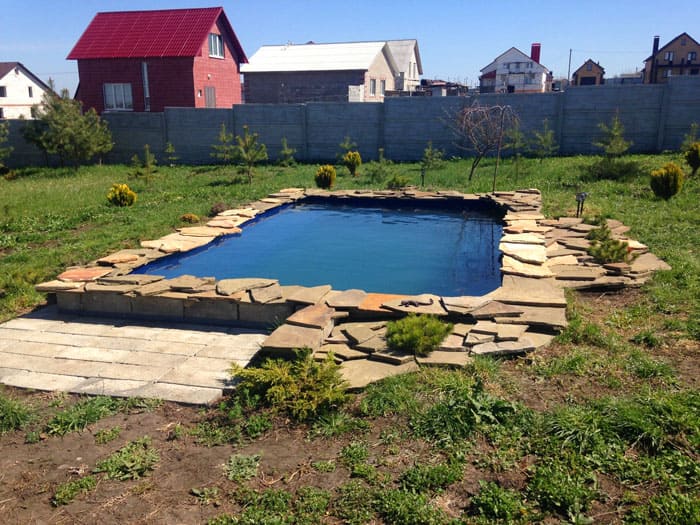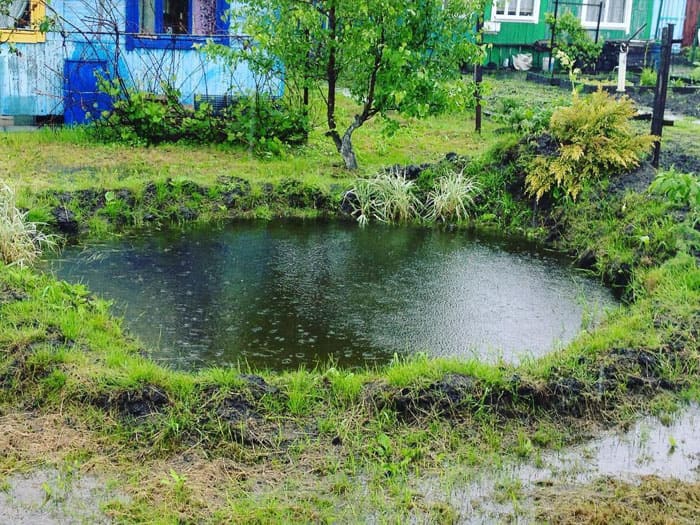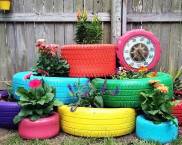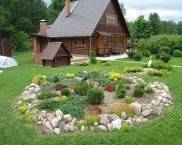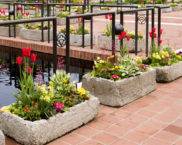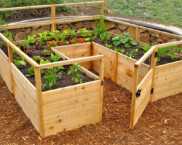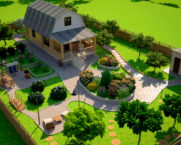We create an oasis in the garden: pond film, types, characteristics, choice
It would seem that a beautiful corner with a pond is so simple to create: dig a hole, bed a film and enjoy. But not everything is as simple as it seems. The homemaster.techinfolux.com/en/ editorial team has very carefully approached the issue of creating a reservoir. And today we will analyze what a film for a pond can be, consider its types, evaluate the characteristics so that, having studied all the parameters, you can make the right choice.
The content of the article
- 1 Why do you need a film for a reservoir
- 2 Understanding the types of pond films
- 3 Features of the decorative film with gravel
- 4 How to choose a film for a pond
- 5 Leading manufacturers
- 6 How to build a film pond: all the answers to your questions
- 7 Operation and care
- 8 Video: the process of creating and decorating a pond
Why do you need a film for a reservoir
Previously, artificial reservoirs on summer cottages were rarely so presentable and perfect. Technology has advanced far ahead today. It makes no sense to bury old tubs, barrels, line the walls of the pond bricks... Today we just buy a durable film that suits our needs and cover the bottom of the excavated pit with it, getting the basis for creating a pond. Who knew that such a worthy application would be found for films!
The previous way of designing a reservoir cement mortar and cladding is quite complex and time consuming. In addition, it is associated with serious financial investments. The film solved many problems: it is not so expensive, meets safety requirements, does not harm the environment, and is suitable for year-round use.
Understanding the types of pond films
Let's spend quite a bit of time to find out what kind of material can form the basis of your own pond.
Butyl rubber
Two waterproof layers of synthetic rubber with a thickness of 1-1.14 mm - this is how you can imagine butyl rubber film. Its elasticity is very high and reaches 400%! The guarantee can please anyone: up to 50 years of faithful service.
This type of coating is recommended for tanks deeper than 1.5 m without sharp corners.
Advantages and disadvantages
Pros:
- the material is very durable;
- installation is not difficult;
- natural conditions do not significantly affect the product;
- the possibility of partial repair;
- does not harm the environment;
- different types of finishes can be used;
- the ability to take the form of a reservoir;
- long service life.
It's nice that no downsides have been identified. Such a canvas is almost impossible to tear or somehow damage, so the high cost is completely justified and pays off completely: the material will remain intact for many years, and your grandchildren will admire the pond.
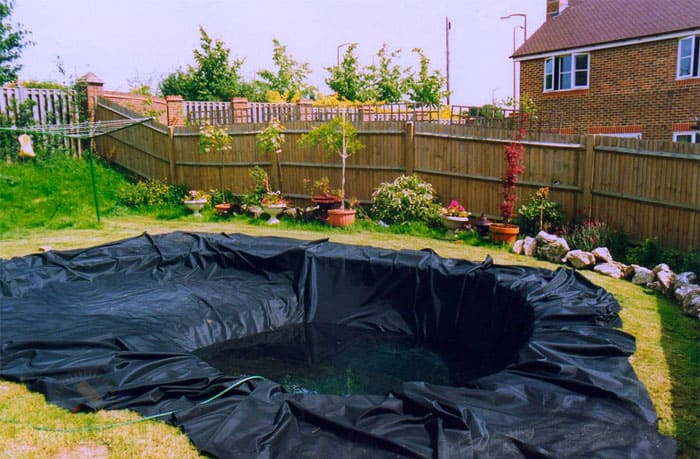
The commercially available dimensions and the possibility of soldering make it possible to lay in a large pit
PHOTO: rmnt.ru
Pvc
Perhaps this is the most economically profitable product for summer cottage use. The material can be glued to achieve the required dimensions. Typical product thickness is 1-1.2 mm. Suitable for large water tanks and will last up to 10 years.
If we talk about the elongation coefficient, then it is 200%, and the tensile strength shows 20 kg / m. The choice of thickness is influenced by the size and depth of the tank.
Advantages and disadvantages
Pros:
- products do not harm the ecology of the site;
- high strength and elasticity;
- tightness is maintained by two membrane layers;
- plant roots do not harm the coating;
- it is a chemically neutral coating that will not react with cleaning agents;
- high temperature has no effect on service life.
Minuses:
- the quality of the PVC product is such that the service life does not exceed 10 years.
Polyethylene
Polyethylene is cheap and cannot compete with butyl rubber in strength. The operating temperature range is within -60 ° C - + 50 ° C. The thickness is 0.5-1 mm. There is no perforation, but the reinforcing layer is available. The product rarely lasts more than three years.
Advantages and disadvantages
Pros:
- low price;
- easy replacement;
- light weight, convenient transportation;
- you can attach the canvases to each other by welding.
Minuses:
- short service life;
- the possibility of mechanical damage to the coating;
- has a negative impact on water quality.
Features of the decorative film with gravel
You can aesthetically decorate the reservoir with a film coating with gravel. The stones are pre-glued with waterproof glue on plastic. This film follows the curves of the coastline, which looks natural and beautiful.
The weight of the product is impressive, up to 8 kg per m². The size of the stones is 7-10 mm.
Pros:
- aesthetic and naturalistic appearance of the reservoir;
- the possibility of creating a natural coastline;
- strength.
Minuses:
- heavy weight;
- high price;
- the service life will not exceed 10 years.
How to choose a film for a pond
When it comes to a tiny pond without fish and special vegetation, you can get a cheap plastic cover. Such material, with modest parameters of the reservoir, will quite cope with the load.
If the reservoir is deeper, then you can consider buying a PVC coating. Elasticity and other qualities provide a decent waterproofing, living inhabitants can be safely launched into such a reservoir.
The color of the film can be black, olive, blue, turquoise, gray. Designers recommend taking black or olive color - these shades will make the reservoir in the garden area natural, allowing the sky to reflect in the water.
Butyl rubber is placed in deep and large reservoirs. Elasticity and strength are already extremely important here, because the water pressure will be serious.
Synthetic rubber meets all the requirements for quality and appearance.
Streams can be shaped with any commercially available material.
If aesthetics come first, then you can immediately choose a gravel film.
Related article:
A pond in the country for fish farming. Step-by-step instructions for the construction of a reservoir for keeping fish with photo examples in a separate publication of our portal.
Leading manufacturers
Here is a list of manufacturers whose products meet all the stated requirements:
- Ceplastik;
- Ergis;
- Firestone;
- GLQ;
- Heissner;
- Mehler Texnologies;
- Messner;
- Oase;
- Gardena;
- Vseslav-Yug
- Renolit.
Each company specializes in a specific type of coating. High quality PVC films are supplied by Heissner, OASE and Gardena.
How to build a film pond: all the answers to your questions
If the idea of making your own pond does not leave you, then it's time to implement it. For this, they prepare all the materials and tools, study tips and instructions, and only then begin the work process.
Tools and material
If terracing is assumed, a building level is used for work. In addition, it is necessary to prepare a skein of rope for marking the future oasis, a hose for filling with water, a shovel, a film, geotextile to protect the coating from breakouts, sand as a substrate for geotextiles. At the next stages of work, decor is used: stones, figurines, live plants, fish.
It is important to correctly calculate the amount of film. It is better to initially buy material with a stock. The calculation is carried out by adding the width and length of the container, then adding the size of the depth, multiplied by two, to the resulting number. Then add 60 cm for allowances, which will be fixed along the coastline.
Choosing a place for a pond
The pond is not located near trees, since the root system will sooner or later find where to make a breakthrough. Also important are the level of lighting, proximity to a power source if a fountain, stream or circulation is planned, and access to a water source.
An illuminated place will allow you to create a rock garden next to the pond: this is an excellent solution in order not to take out the earth from under the pit, but to use it wisely.
When choosing a place for a reservoir, you should immediately think about the nearby design: how you will approach the oasis, how this zone is viewed from different points of the site.
Step-by-step instruction
Let's talk about the process of creating a simple reservoir with a depth of 1.2-1.5 meters and one terrace.
After all the work done, you can begin to improve the reservoir, but this is a completely different story.
Related article:
Do-it-yourself pond in the country step by step. Photo instructions with tips for self-organization and decoration of the reservoir in a separate publication.
Operation and care
Water in any container over time begins to grow cloudy and bloom. Cleaning is carried out as the water area is polluted. To do this, they use different means and methods: from an ordinary net, which is used to catch large litter, to ultraviolet radiation.
Mechanical cleaning can be done with anything, as long as there is no debris on the surface. To do this, you can buy a skimmer that will properly filter the water.
Chemical treatment involves the restoration of acidity, removal of excess algae, enrichment of water with oxygen.
Biologics control the level of organic matter, which reduces the amount of sediment on the bottom and maintains the biobalance of your water area.
Ultraviolet radiation destroys various viruses and disease-causing bacteria.
For large bodies of water, it makes sense to purchase a multi-chamber purifier.
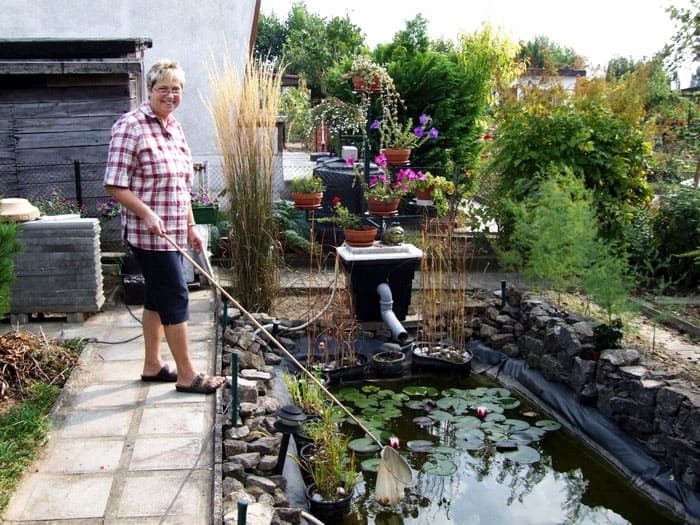
It is not at all difficult to clean up dirt that has got into the water on a regular basis. It can even become a pleasant ritual.
PHOTO: refite.ru
In winter, water is drained from small containers, and if the dimensions are large and fish live in the water, then the pond is left to winter.
Video: the process of creating and decorating a pond
Do you like the idea of creating a decorative film reservoir? Which film do you prefer?



